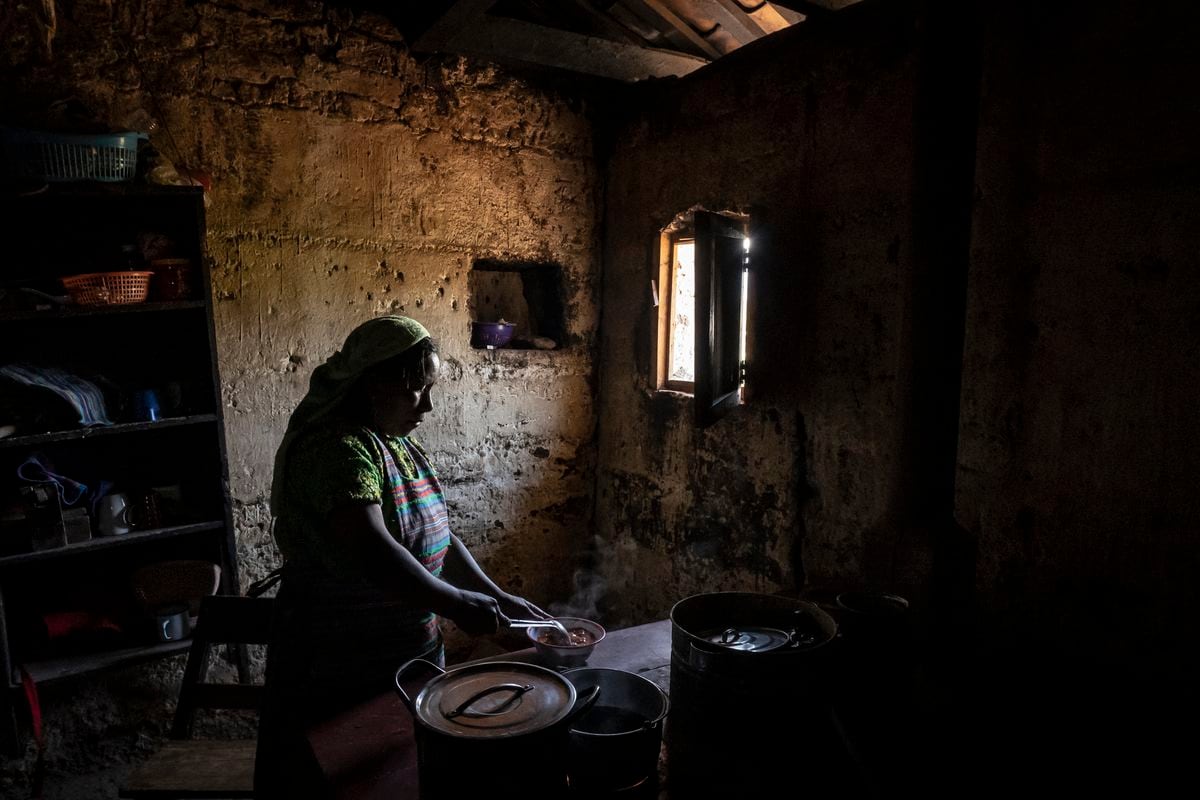The year 2020 saw an unprecedented collapse of at least 30% of migratory flows to OECD countries, where the pandemic also "
put an end to ten years of improvement
" for immigrants in the labor market, announced Thursday, October 28 the international organization.
Read alsoThe deployment of vaccines and the Biden plan are the best assets against the crisis, according to the OECD
"
The Covid-19 crisis has led to the biggest drop on record in immigration flows to OECD countries, by more than 30%,
" wrote the organization for economic cooperation and development in its annual report on migration.
With 3.7 million people joining its 25 member countries, immigration last year hit the lowest level since 2003.
A drop in all categories of permanent immigration
A tumble that could be even stronger, according to preliminary estimates unveiled by the OECD on Thursday: "
The drop in immigration flows has largely exceeded 50% if we do not take into account changes in status
", which can administratively make the same person appear twice.
Read alsoDelinquency and immigration: the shock report on Mayotte
The United States, which remains the leading country of immigration in the OECD, recorded a drop of 44% compared to 2019, with 576,000 new arrivals in 2020. Among the five main countries of destination of the OECD, France , it recorded the least marked drop (-21%), with 230,000 “
new immigrants
”, according to the OECD.
"
All categories of permanent immigration decreased in 2020,
" continues the organization, according to which family migration, traditionally the main driver of displacement, recorded the "
most significant
"
decline
with more than 35% decrease.
"Ensure that the recovery plan is inclusive"
While temporary labor migration has fallen sharply in most countries, one category of immigration has been an exception in 2020, as its decline has been contained: these are seasonal agricultural workers, whose entries are fell only 9% overall.
In most of the rich countries, the fields of harvests and agriculture continued to drain this labor force which proved essential even in times of health crisis, as proved by the French episode of the Clementine Corsica - when an air bridge had been set up between Morocco and France at the end of 2020 - followed by others.
Read alsoImmigration: Valérie Pécresse praises her solutions
In the United States (213,000 seasonal workers) and Poland (137,000), this immigration even increased in 2020. The OECD, which can in this report measure for the first time the effect of a full year of pandemic on migration , estimates that the Covid-19 "
put an end to ten years of continuous improvement in the situation of immigrants on the labor market
". On average, more than two-thirds of immigrants were employed in 2020, a decrease of 2% in one year.
"
It remains relatively moderate because there were very important efforts to keep people in employment during the crisis
", in particular in France, observes Jean-Christophe Dumont, head of the division Migration of the OECD.
However, he adds, "
immigrants are still among the most vulnerable populations, because they are concentrated in the most affected sectors, such as hotels and restaurants
".
“
Beyond the impact of the crisis,
” he anticipates, “
the challenge will be to ensure that the recovery plan is inclusive
”, including for immigrants.







/cloudfront-eu-central-1.images.arcpublishing.com/prisa/GSAG3AFDE5GZ7CR5RU42LT63UM.jpg)

